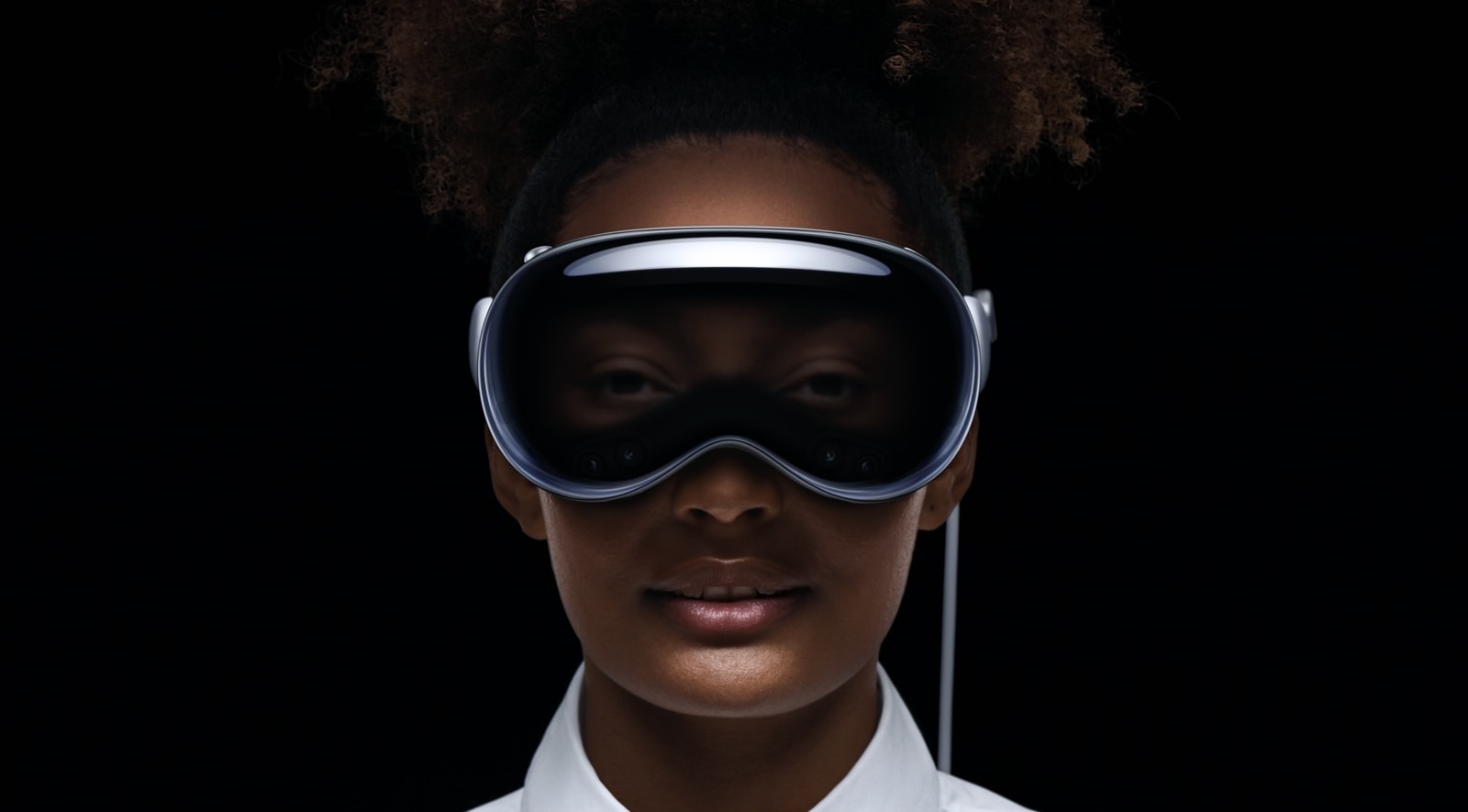I told you even before Apple unveiled the Vision Pro that I wanted to buy the new spatial computer despite its sky-high price. For that $3,500, I could score one of the best possible configurations for an M-series MacBook Air/Pro and probably get a much better value for my money.
But then, I wouldn’t be able to experience the early days of spatial computing. I believe the Vision Pro will set the base rules for the AR computing of the future.
The Vision Pro is exciting because it will inevitably lead to the only product that can “kill” the iPhone (well, the smartphone). That’s AR glasses that won’t be bigger than prescription glasses. To get there, we need sophisticated devices like the Vision Pro. The Meta Quests of this world won’t cut it.
While I’m not even close to being able to buy a Vision Pro, I’m already hoping I can trade it in for good value once the second-gen model rolls out. Apple is reportedly working on reducing the weight of the next-gen model. Weight might be an issue with the current Vision Pro.
The Vision Pro weighs about a pound. I already explained how I determined that’s a reasonable weight for the Vision Pro without actually wearing one.
To recap, if you can ski comfortably using a regular helmet and goggle equipment, you should be fine using the Vision Pro for several hours before getting too tired. Not to mention that the Vision Pro might force you to take breaks, as the battery only lasts a couple of hours before needing a replacement.
Still, carrying a one-pound computer on your head isn’t ideal. But it’s probably the best weight Apple could offer for this first-gen Vision Pro model.
That might change once the second-gen version rolls out. Mark Gurman said in his Power On newsletter that the Vision Pro size and weight has caused neck strain in testing. This might be enough to turn away some consumers. After all, you don’t want to spend $3,500 on a device you’ll dread using.

Gurman reports that Apple’s hardware team for the Vision Pro is already working on next-gen models. The company is looking at multiple models, including a cheaper Vision Pro and a more powerful option.
While the work on the Vision Pro 2 is early, the size and weight seem to be priorities. Apple wants the headset to be lighter and smaller than the first-gen model. Apple is considering head straps that go over the head to make the current Vision Pro easier to carry. But that’s only a temporary fix for the first-gen model.
While I think I can wear a spatial computer that’s about as heavy as a ski helmet-and-goggles setup for several hours at a time, I wouldn’t mind a lighter model. That’s why I hope I’ll get a great trade-in deal for the first-gen Vision Pro model once the next-gen model drops.
Then again, these are very early Vision Pro 2 rumors. There’s no telling when such a device will come out to begin with. The spatial computer doesn’t feel like the kind of Apple device the company would refresh yearly.
Also, my main worry about the Vision Pro isn’t the size/weight. I’m more interested in whether using the spatial computer will induce nausea. Hands-on previews indicated that’s not a problem. And Apple has been developing Vision Pro tech to ensure the risk of motion sickness. Still, that’s the first test the Vision Pro will have to pass.
Forget about the weight; if the Vision Pro makes me feel sick, I’ll have no choice but to return it. We’ll have to wait until 2024 to see the Vision Pro in stores.








